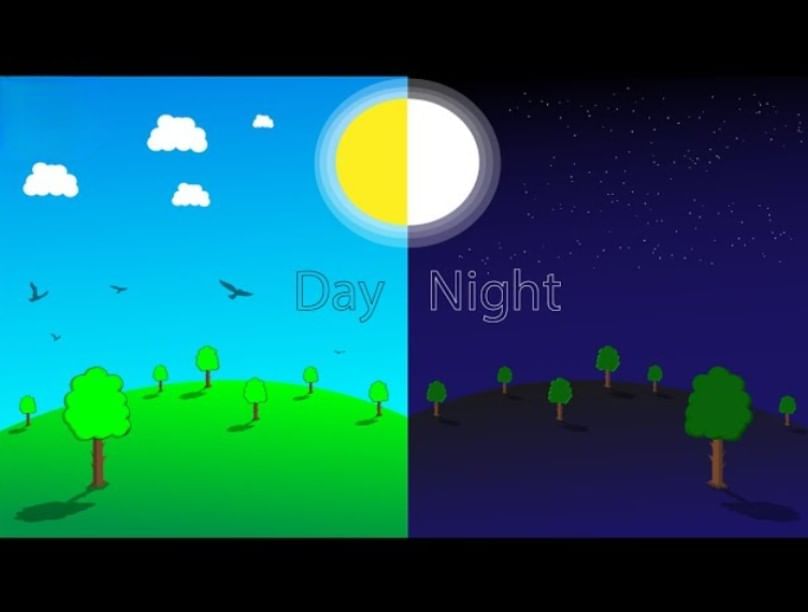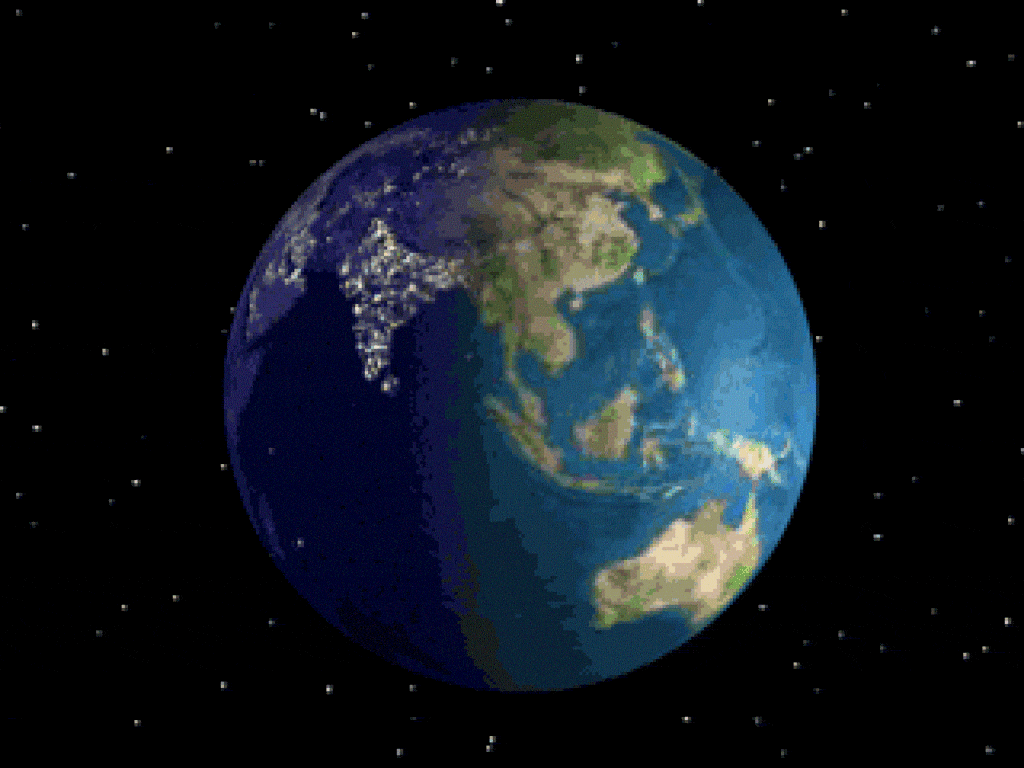Grade 1 Exam > Grade 1 Notes > Science for Grade 1 > Chapter Notes: Day and Night Patterns
Day and Night Patterns Chapter Notes | Science for Grade 1 PDF Download
| Table of contents |

|
| Introduction |

|
| Day and Night Happen Because Earth Spins |

|
| The Sun’s Pattern |

|
| The Moon’s Pattern |

|
| The Stars’ Pattern |

|
| Shadows and the Sun |

|
| Why Patterns Matter |

|
Introduction

In this chapter, we will learn about why we have day and night, how the Sun, Moon, and stars move in the sky, and how shadows change. These things happen in patterns that we can see every day. Understanding these patterns helps us know when it will be light or dark and what to expect in the sky. Let’s explore how the Earth’s spinning makes day and night and how the Sun, Moon, and stars follow special paths in the sky!
Day and Night Happen Because Earth Spins

- The Earth spins like a top, and this spinning makes day and night.
- When our part of the Earth faces the Sun, it is daytime, and we see sunlight.
- When our part of the Earth faces away from the Sun, it is nighttime, and it gets dark.
- The Earth takes about 24 hours to spin one full time, which is why we have a new day every 24 hours.
The Sun’s Pattern
- The Sun looks like it moves across the sky every day in the same way.
- In the morning, the Sun rises in the east, where the sky starts to get bright.
- By midday, the Sun is high in the sky, and it is the brightest time of the day.
- In the evening, the Sun sets in the west, and it starts to get dark.
- This pattern of the Sun rising, moving, and setting happens every day.
- We can guess when the Sun will rise or set because it follows this pattern.
The Moon’s Pattern
- The Moon also looks like it moves across the sky every day.
- It rises in the east, like the Sun, and sets in the west.
- Sometimes, we can see the Moon during the day, not just at night.
- The Moon’s shape changes over a month; these shapes are called phases.
- Even though the Moon’s shape changes, it still moves across the sky in a daily pattern.
The Stars’ Pattern
- We see stars at night because the Sun’s bright light is not there to hide them.
- Stars look like they move across the sky, just like the Sun and Moon.
- Stars rise in the east, move across the sky, and set in the west.
- The Earth’s spinning makes it look like the stars are moving.
- Stars stay in the same groups, called constellations, but they seem to move because of the Earth’s spin.
Shadows and the Sun

- Shadows are dark shapes that happen when something blocks the Sun’s light.
- As the Sun moves across the sky, shadows change.
- In the morning and evening, when the Sun is low, shadows are long.
- At midday, when the Sun is high in the sky, shadows are short.
- The direction of shadows also changes as the Sun moves during the day.
Why Patterns Matter
- Patterns help us know what will happen next in the sky.
- For example, knowing the Sun rises in the east helps us plan our morning.
- Scientists, like astronomers, look at these patterns to learn more about space.
- By watching the Sun, Moon, stars, and shadows, we can predict what they will do next.
The document Day and Night Patterns Chapter Notes | Science for Grade 1 is a part of the Grade 1 Course Science for Grade 1.
All you need of Grade 1 at this link: Grade 1
|
15 videos|106 docs|19 tests
|
FAQs on Day and Night Patterns Chapter Notes - Science for Grade 1
| 1. What causes day and night on Earth? |  |
Ans.Day and night happen because the Earth spins on its axis. As the Earth rotates, different parts of it face the Sun, creating daytime, while the parts that are turned away from the Sun experience night.
| 2. How does the Sun appear to move in the sky? |  |
Ans.The Sun appears to rise in the east and set in the west. This pattern is a result of the Earth's rotation. During the day, as the Earth turns, the Sun seems to travel across the sky, providing light and warmth.
| 3. What is the pattern of the Moon's visibility? |  |
Ans.The Moon goes through different phases, which are its pattern of visibility from Earth. It changes from a new moon to a full moon and back again over approximately 29.5 days, creating a cycle that influences when we see it in the night sky.
| 4. How do shadows change during the day? |  |
Ans.Shadows change in length and direction throughout the day due to the Sun's position in the sky. In the morning, shadows are long, they shorten as the Sun rises to its highest point at noon, and then they lengthen again as the Sun sets in the evening.
| 5. Why are patterns in nature important to understand? |  |
Ans.Patterns in nature, such as those of day and night, the movement of the Sun and Moon, and the changing lengths of shadows, are important because they help us understand how the world works. Recognizing these patterns allows us to predict changes and prepare for different times of the day and seasons.
Related Searches














